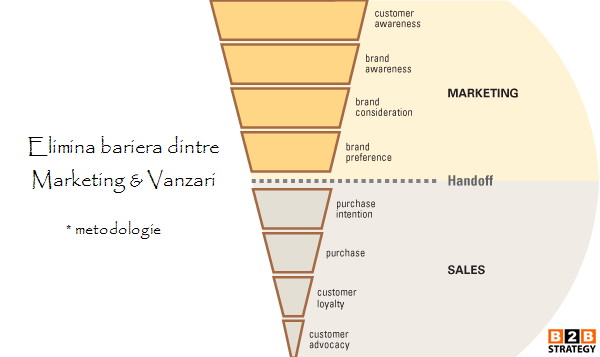Purchase Intention, The Holy Grail for many marketers…
Purchase intention, this is a hierarchical approach, begins with awareness and moves through consideration and preference to purchase. Brand awareness: awareness is the state or ability to perceive, to feel, or to be conscious of brand attributes. Brand consideration: consumers do not purchase all brands they are aware of. They purchase some but may actively avoid others. So, consideration examines whether consumers would consider purchasing a brand they are aware of. Brand preference: Consumers tend to have a “preferred set” of brands – these are the set of brands within a category that they prefer to use. Getting into the preferred set is the Holy Grail for many marketers but it’s not easy. Finding a place in the preferred set requires a contribution from all elements of the marketing process. You can see why advertising in itself cannot guarantee brand preference, but advertising can communicate a brand’s attributes which in turn can help to secure preference.
The final challenge. Connecting brand attributes with the mind of consumers.
A practical overview…
Over the years, the value of “brand awareness” has repeatedly been called into question as a sufficient reason to advertise a company or product. Recent research confirms the effect of awareness on brand preference. Companies that put this understanding into practice continue to reap the benefits of greater brand preference.
About the study: the sample was selected from the Cahners database of businesses; more than 88,000 businesses were selected for this study. Data is based on responses from 23,341 businesses. Participants included businesses in: Manufacturing, Science, Building/construction, Communications, Electronics, Entertainment, Food, Packaging, Printing, Retail. In 1988, James Haughey and Larry Hays hypothesized that successful companies could achieve large gains in brand preference by making comparatively small increases in brand awareness. Further study by researchers at Penn State’s Institute for the Study of Business Markets confirmed their theory. Now this relationship has been extended to awider range of industries in a study conducted by Cahners Research in 2001.
Building awareness…
Although boosting brand awareness is a complex matter, it’s possible to identify practical considerations that apply in any market or competitive situation. A positive relationship between awareness and brand preference for all businesses in the study. That is, as awareness increases, brand preference increases.
• The correlation between brand awareness and brand preference is positive and exponential.
• Brands with low awareness may initially see moderate payoff from increased awareness; message frequency is key to increasing awareness, thus brand preference.
• As brands increase awareness, they see larger gains in brand preference for every unit of awareness; the payoff grows faster than costs for maintaining awareness.
• Brands with highawareness are advised to maintain awareness; a small loss of awareness can produce a steep decline in brand preference.
• Elevating brand awareness is the first step toward acquiringand retaining customers, regardless of industry or market.
Building and maintaining awareness: a practical overview.
The fundamental purpose of marketing is to acquire and retain customers. It has been demonstrated that elevated brand awareness is the first step in that direction, regardless of industry or market. Although boosting brand awareness is a complex matter, it’s possible to identify practical considerations that apply in any market or competitive situation.
1. Focus on the behavior and wants of the audience Awareness is built from the outside-in; identify what matters to the target audience and craft your brand message and identity accordingly. Internal considerations such as management perceptions, past budget allocations, and adherence to scientific and legal jargon are less important in the battle to win awareness…
2. Speak with a consistent, unified voice across all media Message coordination, regardless of the medium, is essential to strong brand identity. Consistency in key themes and selling propositions builds brand-based identity and expectation in the minds of prospects and customers, promoting retention and top-of-mind awareness.
3. Continually reinforce awareness among existing customers… While acquiring new customers (conquest marketing) is essential for any business, retaining existing customers (relationship marketing) is more profitable. In one study, a 5% increase in customer retention yielded an impressive 80% gain in profits. Although your results may not be as dramatic, building awareness among current customers does pay off with accelerated gains in brand preference and ROI.
4. Allow sufficient time… and frequency for awareness gains. Some marketers make the mistake of quitting before the real payoff occurs. Building awareness through message frequency takes time, but pays off by moving awareness to the level where brand preference gains accelerate (see reverse side). Smart marketers recognize this increases brand value for existing as well as future stakeholders. Building awareness is cumulative; pulling the plug too early largely wastes the marketing dollars already invested.
Tags: Brand Awareness, Brand Consideration, Brand Preference














